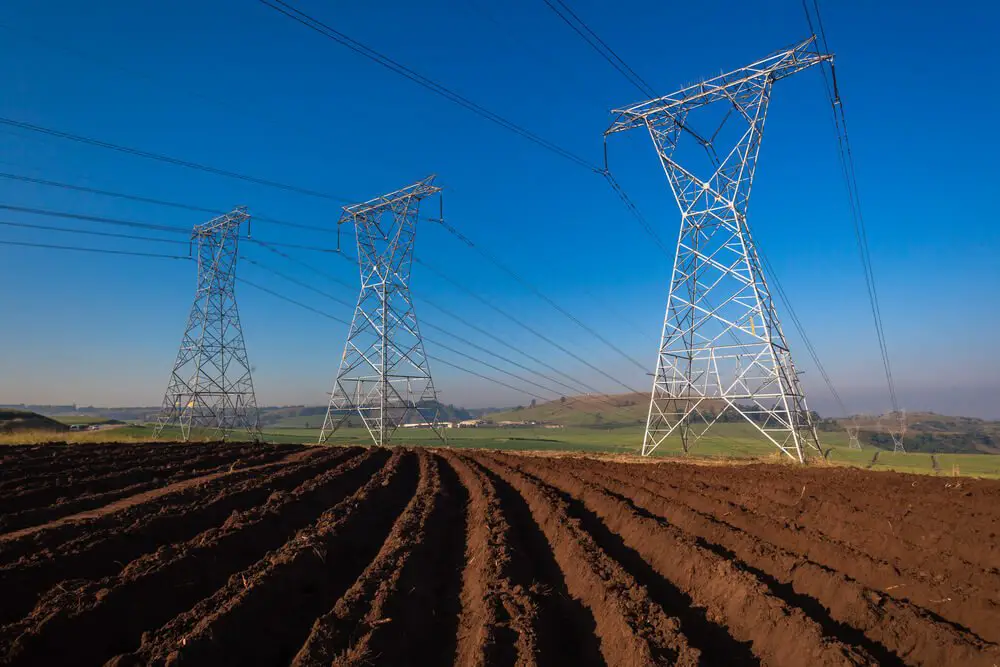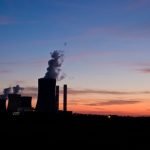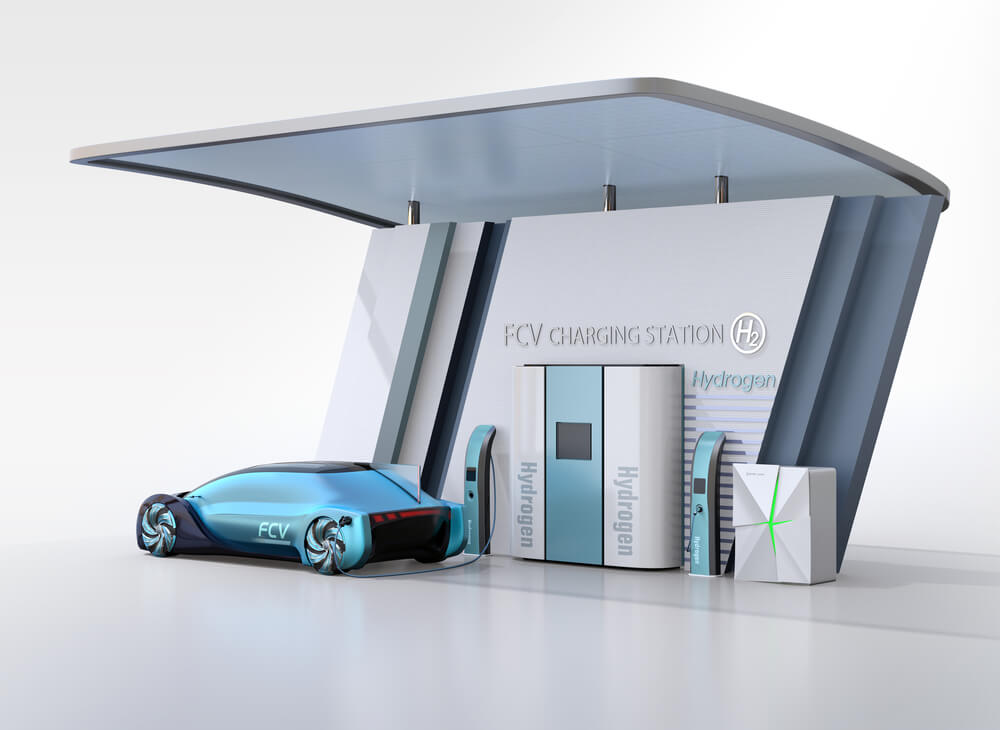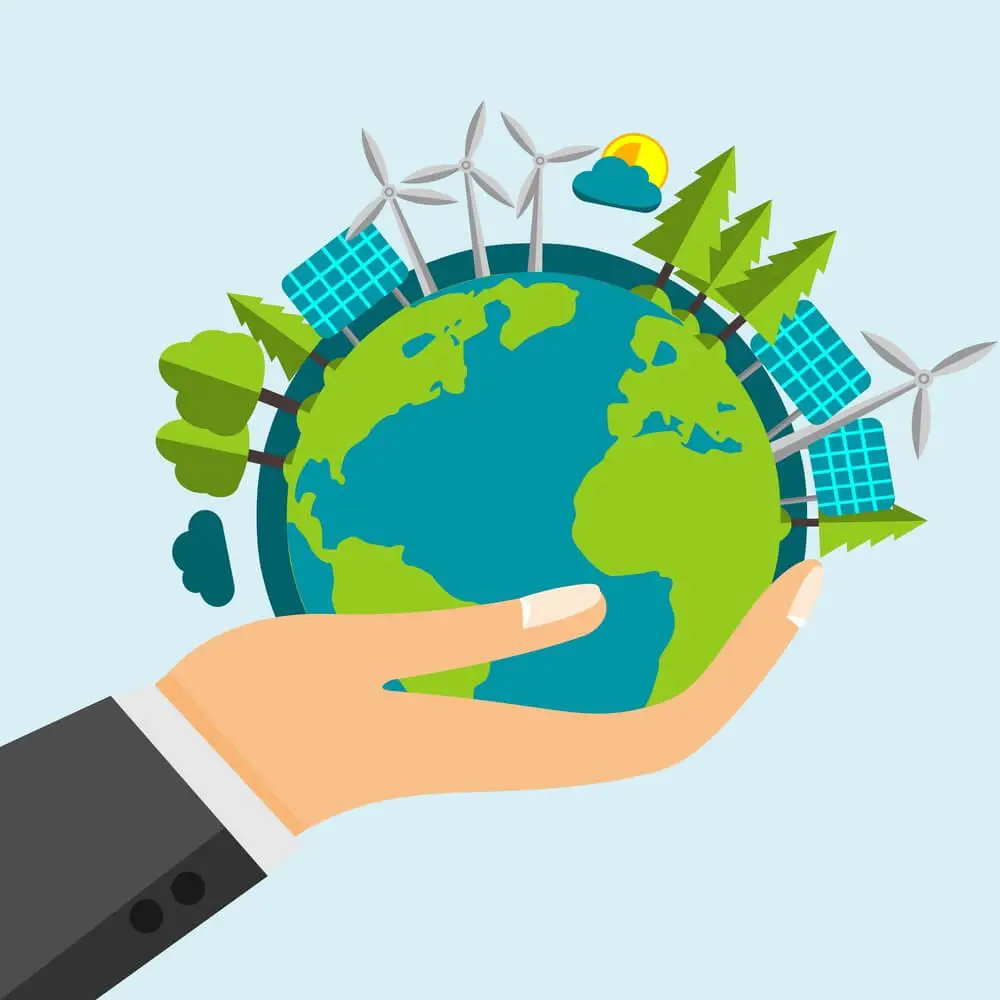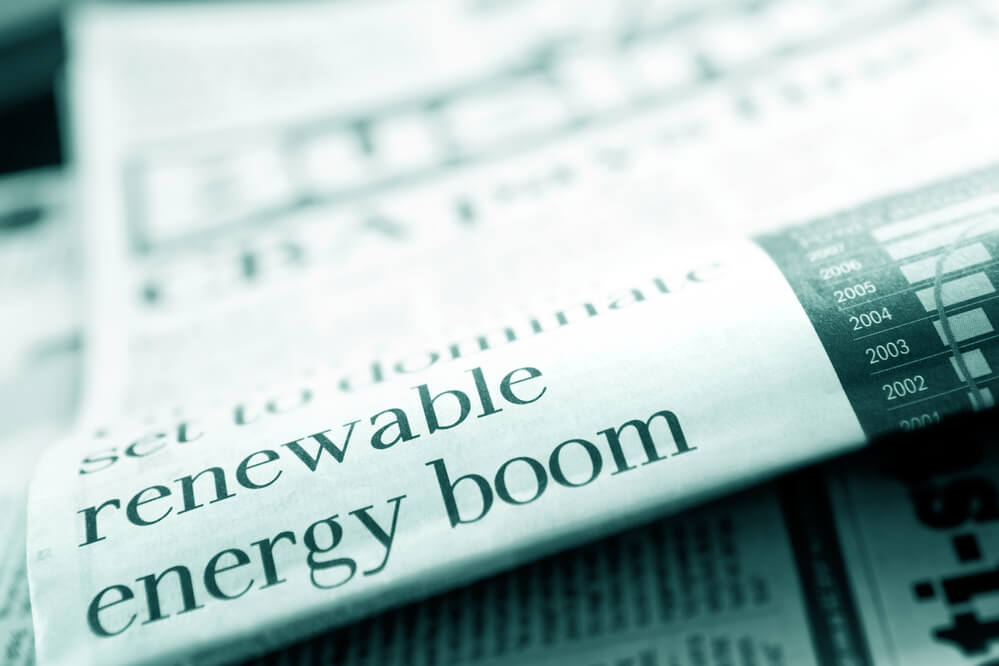Currently, energy consumption continues to increase daily. In particular, new power tools, technology, and equipment are needed in various aspects of people’s lives.
Also, the world population has continued to grow at an unprecedented rate, resulting in an increased need for more energy.
Fortunately, I have learned that various energy sources are powerful based on the weather conditions and location.
If I was more conscious of energy production, I might want to know the most powerful energy sources.
As it turns out, nuclear power involves the most powerful energy sources in the world that I know. Below are the factors that explain why:
Operates with high capacity factors
Capacity implies the measure of the percent of the time a power plant requires to produce energy.
However, intermittent energy sources do not produce the highest capacity factors. For instance, most countries with solar energy experience limited sunshine, while those who depend on wind turbines experience limited wind.
Fortunately, research from energy experts indicates that nuclear power operates at full power with an average capacity of approximately 97%. That implies that nuclear power operates at full power throughout the year.
The capacity factors of different forms of energy include:
v Natural gas- 50 percent
v Coal- 59 percent
v Wind – 32 percent.
One uranium fuel pellet establishes energy compared to one ton of coal or 17 0000 cubic feet of natural gas or 149 gallons of oil.
Also, a single nuclear power reactor can generate adequate electricity to power more than 750 000 homes without producing greenhouse gases.
Limited land footprint
Nuclear energy produces more electricity within a small landmass than other energy sources. For instance, a 1,000-megawatt nuclear plant requires approximately 1 square mile for operation.
On the contrary, solar photovoltaic plants need about 75 times more space, while wind power plants need about 360 times more landmass to generate electricity.
In reality, we might require more than three million solar panels to generate the same amount of power as a normal commercial reactor.
High safety
The current developers of nuclear power plants have learned from the weaknesses of the previous disasters that happened in Japan, Chernobyl, and Three Mile Island. Most nuclear power plants do not rely on external water supplies or electricity supplies for cooling.
Instead, they use natural convection heat exchangers, gas-pressurized water tanks, and water fed through gravity.
Such systems are known as passive safety systems. Further, we can install nuclear energy reactors underground, providing additional insulation against authorized external hazards and access.
High energy density
Nuclear fission, which is employed to generate nuclear energy, releases more energy than burning fossil fuels such as coal, oil, or gas.
In particular, nuclear fission is approximately 8,000 times more efficient in generating energy than other fossil fuels.
Since nuclear energy is more efficient, it needs limited fuel for a power plant.
Low pollution
Nuclear produces its power by splitting uranium atoms (fission process).
Heat is normally released by fission and generated steam, making a turbine spin and producing electricity without emitting harmful gases.
Compared to traditional energy sources, nuclear energy emerges the best since it generates significantly limited greenhouse gas emissions. The use of nuclear energy appears to have assisted in reducing the amount of greenhouse gas by approximately half in most countries.
Since it does not generate gases such as carbon dioxide and methane, nuclear power causes the least harm to the environment.
Although coal power plants produce carbon dioxide, nuclear plants handle inconsiderable carbon emissions, contributing to several environmental problems.
Therefore, if we use nuclear power, we can significantly reduce the detrimental impact on ecosystems, water, and land.
A reliable source of energy
While other energy sources depend on weather conditions such as wind and solar, nuclear energy does not have such constraints.
That means, regardless of the weather conditions, our nuclear power plants will not be affected by external climatic conditions and can establish steady and predictable energy output.
Most importantly, a nuclear power plant engaged in a full-swing operation can continuously generate energy throughout the year.
That enables a good return on investment since there will be no delay in the production of energy.
Nuclear power plants are reliable since there is adequate uranium to generate power for even the next 80 years. Although that might appear like a short time, it is longer than the lifespan of fossil fuels.
Admittedly, researchers have continued to explore more nuclear energy sources for nuclear power plants.
Therefore, switching to uranium can offer more time before experts discover cleaner and better renewable energy sources.
In addition, countries such as Russia, China, and India have begun to work towards using more abundant and greener thorium to power nuclear reactors.
If we switch to thorium, we might have more than 80 years of using nuclear power. Fortunately, if researchers can turn nuclear fusion into reality, they can theoretically use electricity for an extended period.
However, turning nuclear energy into sustainable energy needs nuclear fusion and breeder reactors to sustain our livelihood for several years.
